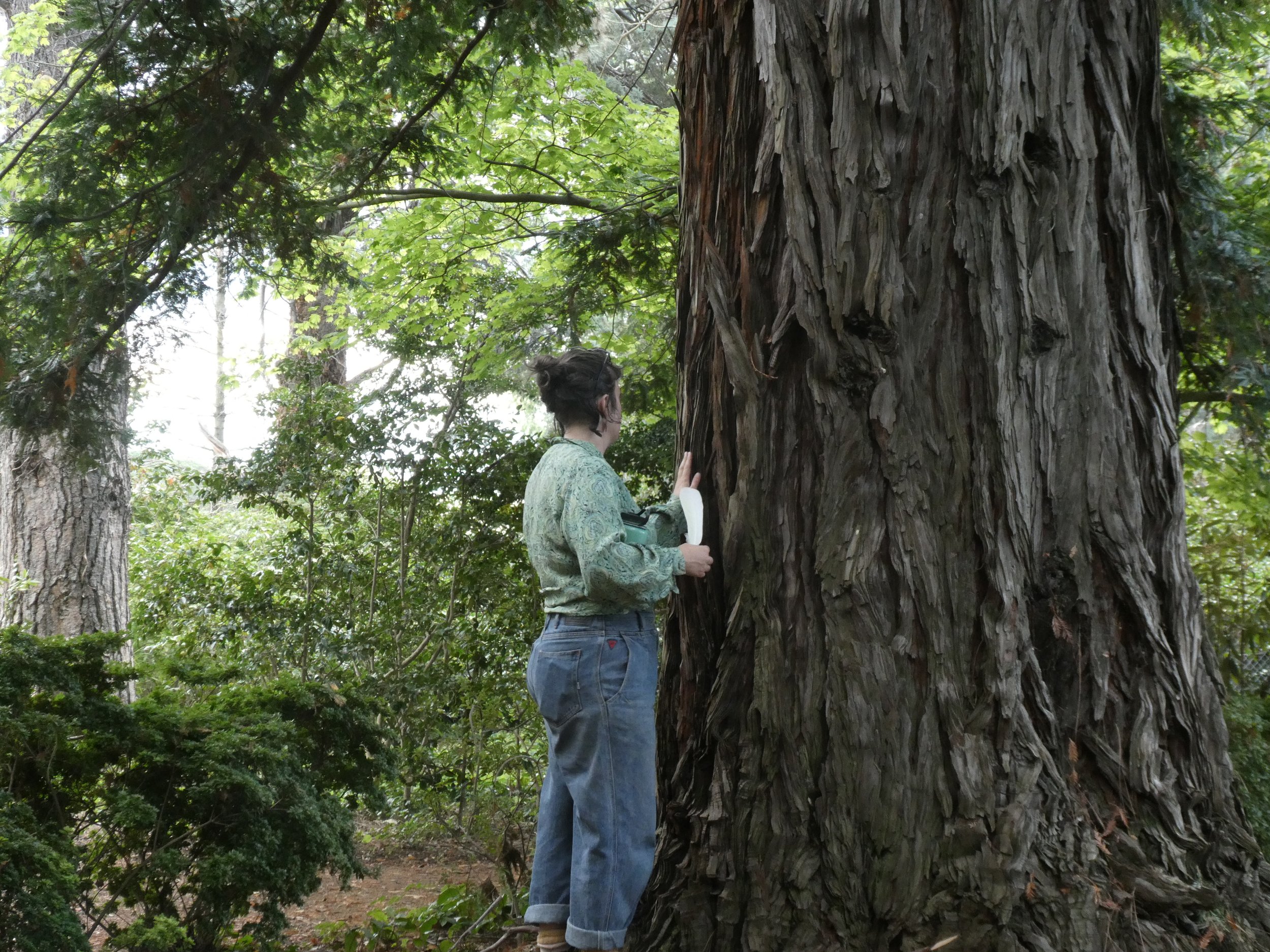What is Forest Therapy?
Forest Therapy is a research-based public health practice involving guided immersion in forests to enhance mental and physical health while relaxing. Gaining global recognition as effective, cost-efficient natural medicine, it utilizes sensory, creative, and physical activities to connect with nature. Originating in Japan in the 1980s, Shinrin Yoku (forest bathing) emerged to address stress and its health impacts, revealing that phytoncides from trees benefit us physiologically and psychologically. Forest Therapy boosts immunity, reduces anxiety, and fosters calm in modern life
For more information and links to research on the International Nature and Forest Therapy Alliance (INFTA) website
Benefits of Forest Therapy
A growing body of international research has shown the many health benefits of regular guided Forest Therapy walks and immersion in nature. These benefits can be classified into two groups: direct and indirect effects.
Direct Health Benefits
Reduced blood pressure and pulse rate
Reduced stress hormone and anxiety
Increased activity of cancer-fighting cells
Exposure to healing phytoncides from trees
Boosted mood, energy and focus
Indirect Health Benefits
Increased fitness and immune system
Weight loss and reduced risk of obesity
Lowered risk of heart and lung diseases
Enhanced sleep, self confidence and mental well-being.


